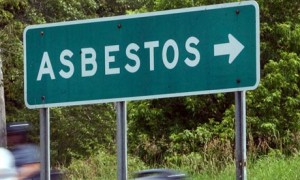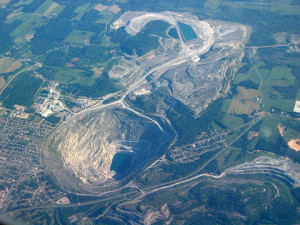Great news. The interior of our building has been found to be free of asbestos and we are proceeding forward with filing for a permit. After touring the building with our certified asbestos inspector we learned a tremendous amount in the process. In the industrialized world, most products manufactured today do not contain asbestos as it was phased out of building products mostly in the 1970s with most of the remainder phased out by the 1980s. Building materials that may potentially contain asbestos in residences include a variety of products, such as: stiple used in textured walls and ceilings, drywall joint filler compound, asbestos contaminated vermiculite, vinyl floor tile, vinyl sheet flooring, window putty, mastic, cement board, furnace tape, piping insulation, and stucco. Generally, the most problematic condition is when the material is friable. Meaning that small particles easily can become dislodged when the material is disturbed, thus enabling them to become respirable (able to enter human lungs), posing a health hazard.
It also interesting to note, that even though it is well documented that asbestos is a known carcinogen and needs to be handled with extreme care, it is still mined and sold to this day. Often it is harvested by industrialized countries and sold in the developing world where standards are less stringent concerning the public welfare, health, and safety. One only needs to look north of the border to the town of Asbestos, Quebec, which in a desperate bid to create economic opportunity was recently willing to reopen the Jeffery mine to harvest the mineral of which the town is named for.
Who knew the Canadians were up to more than peddling donuts, bad coffee, and hockey players to rest of the world…
There is little to be said for this other than it sucks and is just plain wrong.



